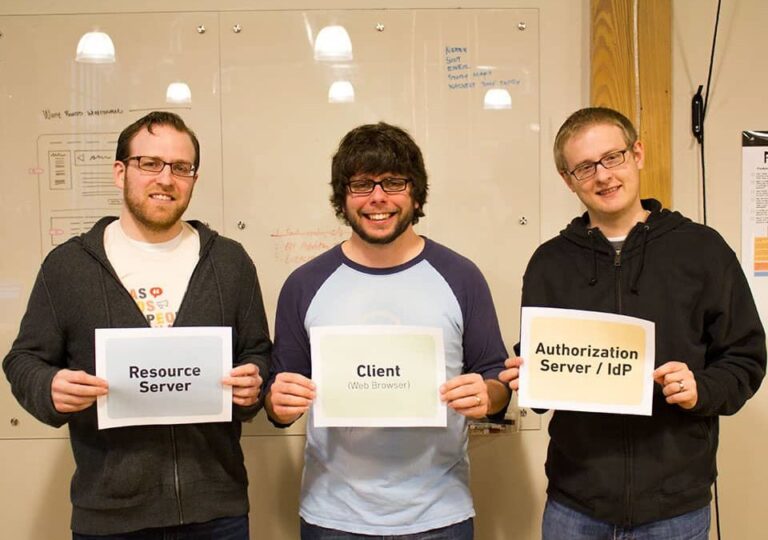You may not be familiar with the term “microservices” but incorporating microservices in your app build can lead to a stronger, more resilient app. The term “microservices” doesn’t refer to actual services. It’s actually an approach to the way your app is built and maintained.
When you use a microservices approach to building your app, each function is treated as its own service and is built and deployed individually. This way, if a portion of the app is being enhanced or malfunctions,, you don’t have to rebuild the entire app to fix the problem. In fact, you may not even have to take the app offline at all.
Benefits of a Microservices Approach
When you adopt a microservices approach to your app build, you realize there are many benefits over a traditional, monolithic app build.
Get to market faster.
With a microservices approach to your app build, each function will have its own development cycle allowing many of your functions to be developed at once. This means a shorter overall development cycle that gets your app done and in the market faster than a traditional build. You can also build small teams of developers around each service that is focused and dedicated to improving that piece of the application.
Easier to deploy.
Microservices-based apps are smaller and more modular than traditionally-built apps. While a microservices build requires a higher level of cooperation, there’s less of a risk of large delays due to hunting down bugs in a large amount of code. The payoffs of a microservices-app build can be huge.
Enables easy scalability.
The small and modular aspects of a microservices build means that, as demand for different services grows, you can deploy across multiple servers, and infrastructures, to meet your needs. You can also update services one at a time, rather than having to update the code for the entire app.
Results in a more resilient app.
When done properly, the functionality of one service does not impact the functionality of any of the other services. If one service fails, it won’t bring down the entire app, unlike in the traditional build model.
Real-Life Example of Microservices
Many of the companies you know and love have adopted a microservices approach to their apps. While they all started with a traditional build model, they experienced so many problems from entwined functions they needed a new approach that would allow them more flexibility to address bugs and customer complaints. One of the most well-known companies to use this is Amazon.
Amazon
When Amazon first launched in the early-2000s, it’s entire platform was a monolithic block. Every function and service was tied into all the others so, when something went wrong, developers had to untie everything, fix the problem, then tie everything back together. This meant massive delays in bug fixes and a massive headache for developers.
To fix this problem, developers analyzed Amazon’s code and pulled out different blocks of code that served a single purpose. They wrapped each of these services in a web interface and spun them off on their own. For example, the Buy function, the tax calculator function, and the add to cart function became their own units of code.
Each independent service was assigned to its own team of developers. The services now had their own dedicated team of developers able to devote their whole attention to one specific problem. This meant these teams of developers were able to more efficiently deal with bugs and bottlenecks in each service function.
Microservices for Your App
If you are considering building an app that has more than one service, you may want to consider approaching the build from a microservices approach. You will end up with a stronger, more resilient app and the ability to update as needed with little to no hassle on your customers’ end.








